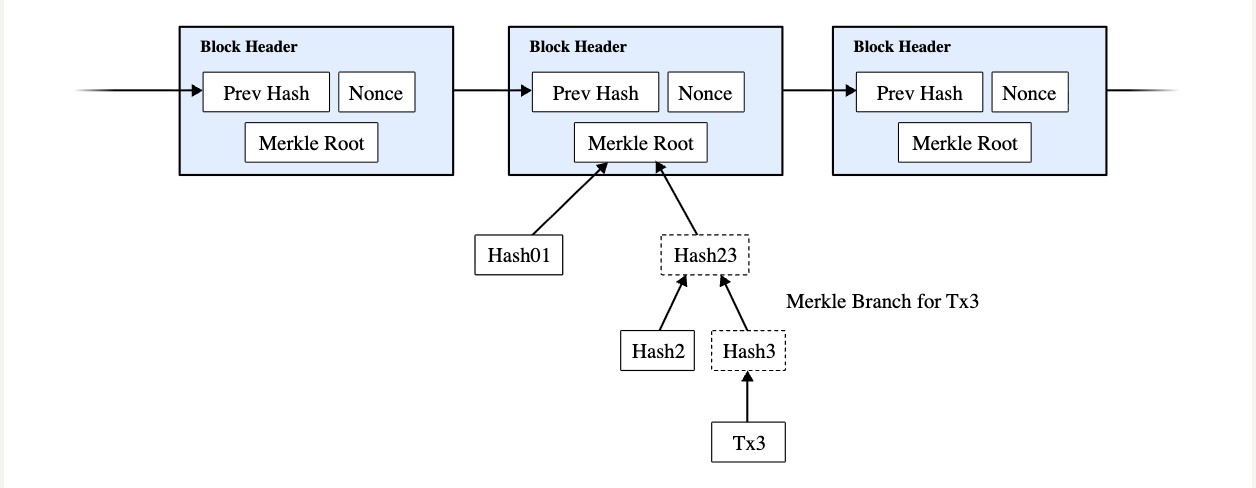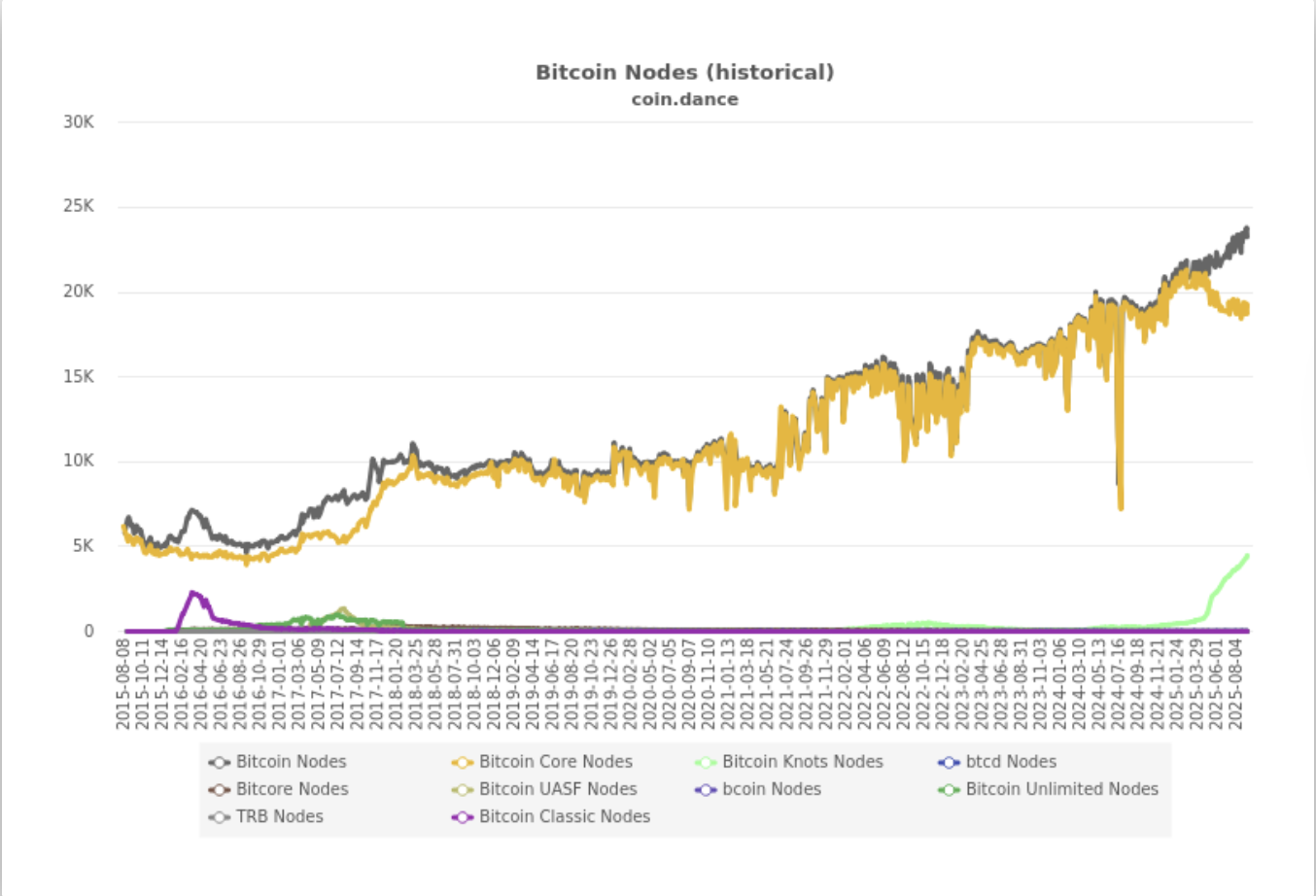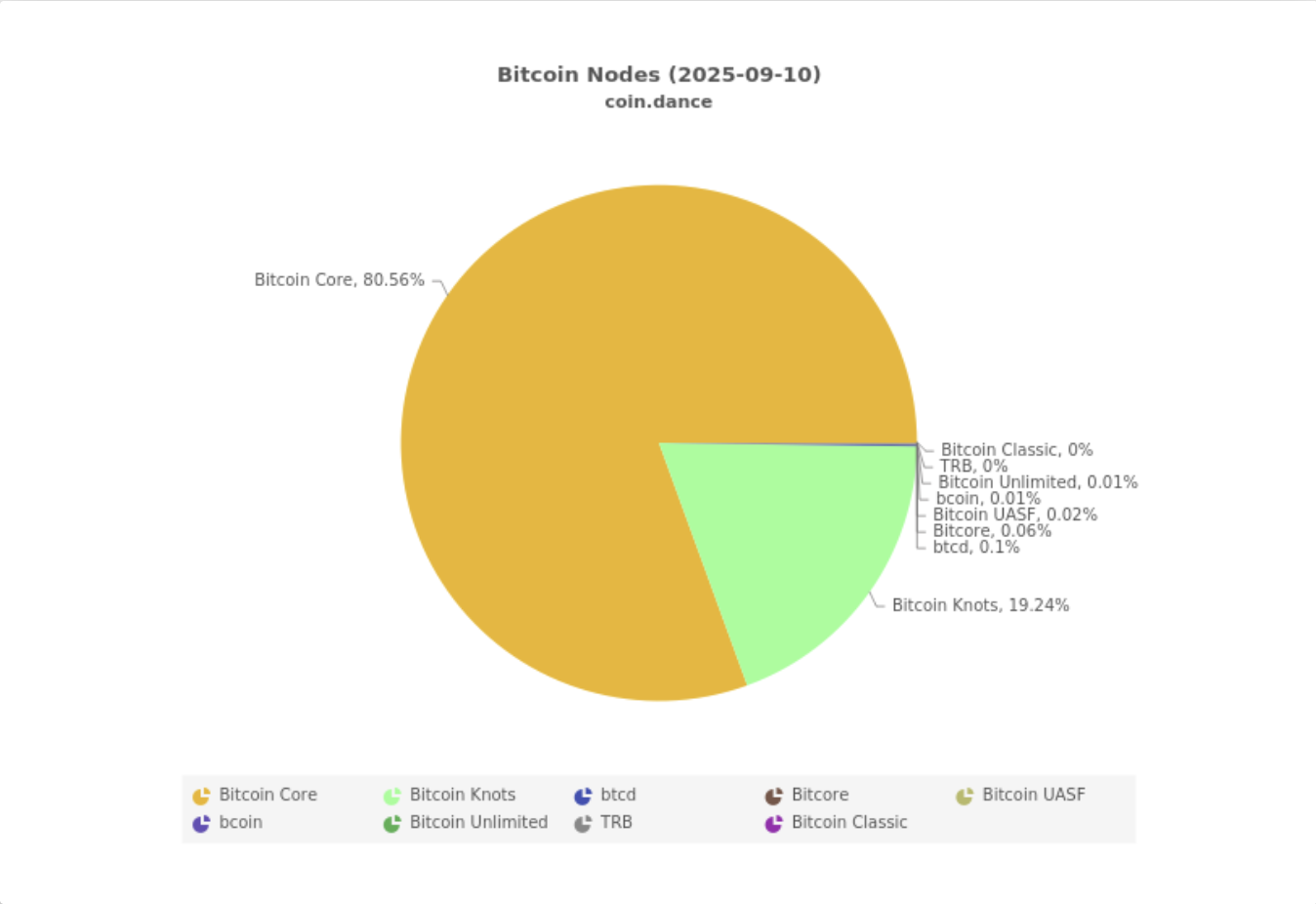StarkWare Bitcoin ZK verification is a 1MB zero-knowledge proof that lets users verify Bitcoin payments on mobile without downloading the full 680GB ledger, enabling transaction checks in under 100 milliseconds and preserving private transaction data via SPV-style verification.
-
1MB mobile ZK proof
-
Verifies Bitcoin payments without the full blockchain download; builds on SPV concepts.
-
Enables sub-100ms verification; reduces hardware and storage burdens for node runners.
StarkWare Bitcoin ZK verification: Verify BTC payments on mobile with a 1MB zero-knowledge proof—confirm transactions in under 100ms. Learn how lightweight verification preserves decentralization.
What is StarkWare’s Bitcoin ZK verification?
StarkWare Bitcoin ZK verification is a compact zero-knowledge proof that encodes Bitcoin block headers from genesis to now, enabling users to verify payments on mobile without downloading the full ~680GB ledger. The approach preserves privacy and reduces storage and bandwidth requirements for verification.
StarkWare, a company specializing in zero-knowledge technology, developed this proof to let lightweight clients perform Simplified Payment Verification (SPV)-style checks with stronger cryptographic guarantees.
How does the lightweight zero-knowledge proof verify Bitcoin payments?
The proof contains all Bitcoin block headers but omits full transaction history. Each block header stores the version, previous-block reference, timestamp, block size and nonce.
StarkWare’s implementation compresses and proves header inclusion so a mobile client can validate a payment path in under 100 milliseconds using a 1 megabyte proof, Abdelhamid Bakhta, head of ecosystem at StarkWare, said in published comments.

An illustrated model of SPV outlined in Satoshi’s Bitcoin whitepaper. Source: Nakamoto Institute
Why do node storage requirements matter for Bitcoin decentralization?
Node storage impacts who can run a node. Bitcoin’s full ledger has grown to roughly 680 gigabytes since 2009, which remains accessible on retail hardware but can become a barrier if growth accelerates.
If hardware costs rise, fewer independent users will run nodes, shifting power to large service providers and harming decentralization. Non-monetary data embedded in transactions is a key driver of ledger growth.

The number of Bitcoin nodes has been steadily rising since 2015. Source: Coin Dance
What changes are influencing ledger size and node choices?
Developers plan protocol changes affecting OP_Return limits; an upcoming Bitcoin Core update scheduled for October aims to remove the OP_Return cap, allowing larger non-monetary payloads in transactions. That proposal has prompted more users to run alternative node software like Bitcoin Knots to control what data they store.
Bitcoin Knots adoption rose sharply in 2025 to nearly 20% of the network from about 1% at the end of 2024, driven by customizable parameters that let node operators limit embedded data relaying and storage.

The breakdown of different implementations of the Bitcoin node software. Source: Coin Dance
Frequently Asked Questions
Can mobile users fully replace running a Bitcoin node with this proof?
No. Mobile ZK verification enables lightweight confirmation of payments but does not replace full nodes for transaction relay, mempool management, or consensus participation.
Is the 1MB proof secure against manipulation?
Yes. The construction uses zero-knowledge proofs and cryptographic commitments to ensure headers and inclusion proofs are valid without revealing unnecessary data.
Key Takeaways
- Mobile verification: StarkWare’s ZK proof enables sub-100ms payment checks on mobile devices.
- Storage reduction: A 1MB proof removes the need to download the full ~680GB ledger for simple payment verification.
- Decentralization impact: Lower verification costs help preserve node diversity; protocol changes to OP_Return may push some users toward alternative node software.
Conclusion
StarkWare’s lightweight Bitcoin ZK verification strengthens the ability of everyday users to confirm BTC payments without heavyweight infrastructure, using a 1MB proof and SPV-inspired techniques. As protocol and usage patterns evolve, lightweight cryptographic verification can help maintain decentralization and accessibility—watch for client integrations and adoption next quarter.
